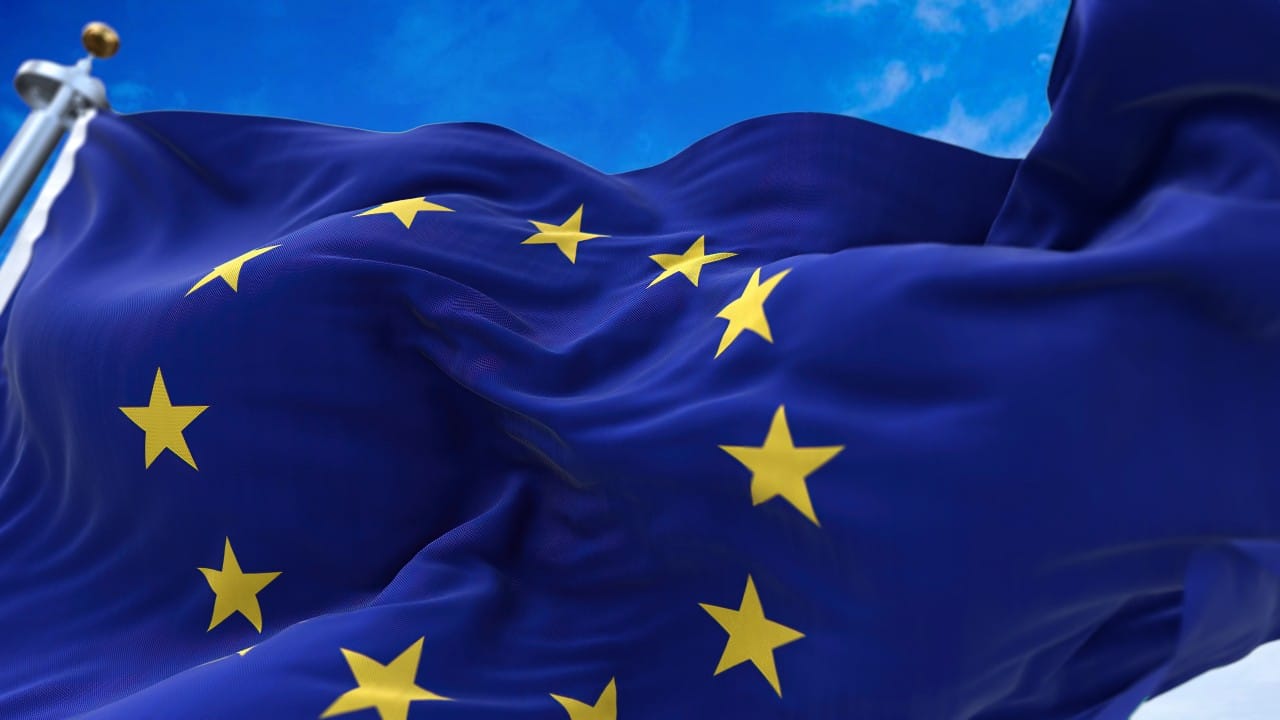Up to now the idea of personalisation has been driven in the main part by data, both quantitative and qualitative. The marketing strategy for many entrepreneurs was made by leveraging of demographic and business traits to engage with existing and potential customers.
As martech evolved, the approach marketers take to building customer experiences beyond these traits changed. It isn’t just about personalising emails. We need to use knowledge about the customers’ patterns of behaviour and understanding what drives them to purchase. It’s about elevating the level of personalisation in your lead generation and probing deeper into what compels potential clients to move from product interest to selection and decision.
Let’s look at three ways B2B marketers personalize their communications to reach better lead generation results.
Artificial Intelligence (AI)
Artificial Intelligence has quickly become the preferred data solution for personalisation. Using AI, marketers can turn reams of raw data into usable traits that permit them to communicate with each prospect and customer as individuals, addressing their specific business needs or the stage on their buyers’ journey. AI insights make your conversations more relevant to everyone you communicate with: this in turn guarantees a richer customer involvement.
When using AI we need to reconsider how we engage with prospects and clients, as it allows B2B marketers to segment and personalise marketing actions by content, number of touches and timing. AI closes that gap by taking in raw data, analyzing and creating pertinent and workable information that marketers and sales teams can utilise to involve key accounts more effectively with messaging that tallies with their business challenges, growth needs and market drivers.
Content Personalisation
Content personalisation is nothing new in B2B Marketing. Close to 80% of CMOs believe that custom content is the main trend for the future.
B2C brands have been using personalisation as a conversion tactic for some time now. Although this strategy was slow to enter B2B practice, content personalisation is now adopted as participation catalyst while marketers continue to improve their martech stack. The idea is to tally website content with individual visitors on the basis of the visitor’s industry, whether they are a new or returning visitor, what they have searched for on the site, etc.. To realise all of this, though, B2B marketers need first to invest in putting together and expanding their website analytics and optimization. Dynamic content needs to be built into the brand’s website infrastructure so that it lures then hooks visitors with the right message at the right time.
Marketing Automation
What does personalized marketing automation say to you? An email salutation? An introductory paragraph featuring the prospect’s company name and details? Ever so rigid automated process lacking human interaction? The marketing automation platforms of today are giving B2B marketers the chance to step away from those basic fife to ten touches that were seen as robotic – and drive towards an experience that is engaging, providing genuine value for the audience.
The greater majority of businesses report ROI growth in the first year of using marketing automation – but it needs doing well with attention being paid to content that’s driven by far more than traditional demographics or business traits. We are now looking at leveraging behavioral data. Using interactions and transactions gives us a far more holistic view of the customer and allows better segmentation of these individuals based on their business needs, sore points and more. With more effective, real-time ‘segmentation’, it becomes possible to offer the most relevant content to each individual at each particular moment.
This approach to personalisation allows brands to encourage buyers along their purchasing path by providing real value along the way – which can result in speedier conversion from marketing qualified lead to acquisition. You just need to add in dedicated post-sales nurturing communications to bring the buyer’s journey full circle.
Aim for success
B2B buyers have no time for impersonal, continual banter. Genuine and timely marketing communication translates in creating personalized experiences that are driven by the prospects behaviors and reactions. Marketers who implement this approach will be able to connect with their prospects contextually throughout their unique journeys – and will more easily gain wins and sustain success and continuous market growth.



